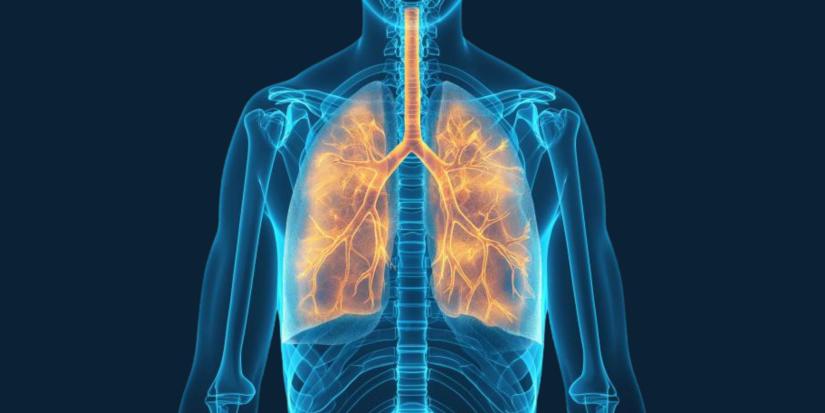How microplastics may be damaging your health
A new study conducted by the University of Technology Sydney (UTS) has modelled the cause and effect of inhaling nano and microplastics.

Image: Adobe Stock
Unveiling the health risks
The UTS research team and Dr Suvash Saha, Senior Lecturer of Mechanical Engineering, have used computation-fluid-particle dynamic (CFPD) to study the transfer and deposition of particles in the respiratory system.
Published in the journal Environmental Advances, the modelling has identified that plastic particles can accumulate from the nasal cavity, larynx and into the lungs.
Experimental evidence has strongly suggested that these plastic particles amplify human susceptibility to a spectrum of lung disorders, including chronic obstructive pulmonary disease, fibrosis, dyspnea (shortness of breath), asthma, and the formation of what are called frosted glass nodules.
Dr Suvash Saha
Senior Lecturer of Mechanical Engineering
“Extensive investigations have identified synthetic textiles as a principal source of indoor airborne plastic particles, while the outdoor environment presents a multitude of sources encompassing contaminated aerosols from the ocean to particles originating from wastewater treatment.”
Dr Saha confirmed that evidence was mounting on the respiratory health impacts of inhaling nano and microplastics, and that the UTS study would provide essential insights for the development of targeted strategies to mitigate potential risks.
Modelling by the UTS team has found that multiple factors influence where in the respiratory system plastic particles would be deposited, including breathing rate and the size and shape of the plastic.
“Faster breathing rates led to heightened deposition in the upper respiratory tract, particularly for larger microplastics, whereas slower breathing facilitated deeper penetration and deposition of smaller nanoplastic particles.”
The full study by Xinlei Huang, Suvash C. Saha, Goutam Saha, Isabella Francis and Zhen Luo can be found in the journal Environmental Advances
